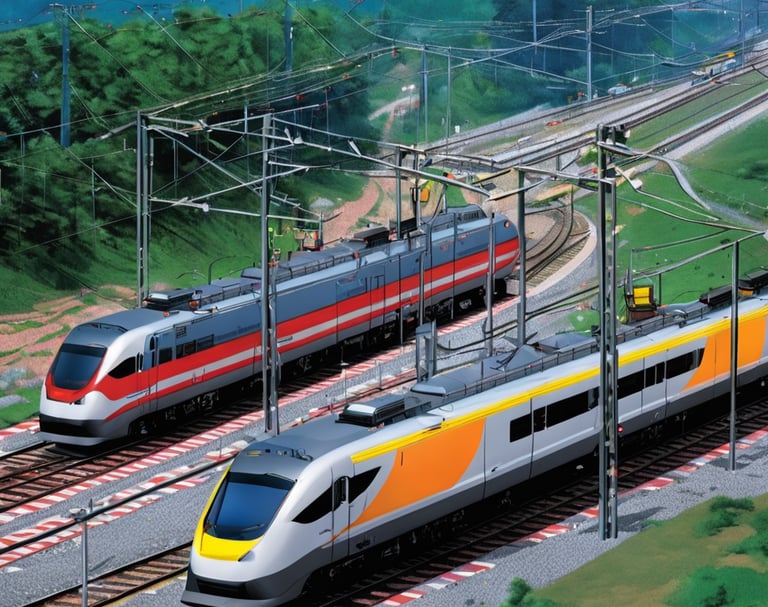On parliament adoption of TEN-T Regulation
Source: CER
6/14/20241 min read


The European rail sector has welcomed the European Parliament's adoption of the revised Regulation on the Trans-European Network for Transport (TEN-T) Guidelines. The Community of European Railway & Infrastructure Companies (CER) acknowledges the efforts of various stakeholders, including the Rapporteurs, MEPs, and Commission officials, in reaching this agreed text. CER views the TEN-T Regulation as a crucial step toward establishing a unified European railway area. With adequate financial support, the Regulation aims to make the European transport system more efficient, competitive, and sustainable, thereby boosting EU growth.
The TEN-T network is vital for coordinating major rail projects across Europe, including cross-border, regional, and high-speed infrastructure. This network will help shift more passengers and freight to sustainable modes of transport like rail, aligning with the European Green Deal targets. CER supports the new Regulation, which introduces a three-layer network development (Core, Extended Core, and Comprehensive networks), integrates former Core Network Corridors with Rail Freight Corridors, and strengthens the role of Coordinators. These efforts are expected to enhance the overall development of European rail corridors.
Key elements of the agreement include the mandatory deployment of the European Rail Traffic Management System (ERTMS) with clear deadlines, common infrastructure requirements, and better connections for passengers and freight. The Regulation also emphasizes the migration to a European standard track gauge, the definition of an urban layer with sustainable urban mobility plans, and the connection of major airports to the trans-European railway network. Additionally, it highlights the importance of high-speed connections between major EU cities.

